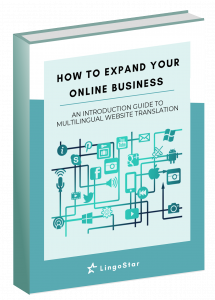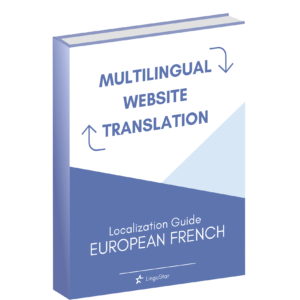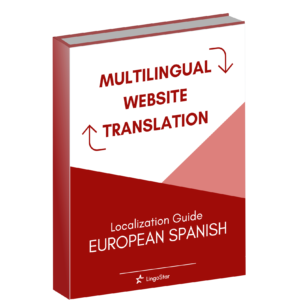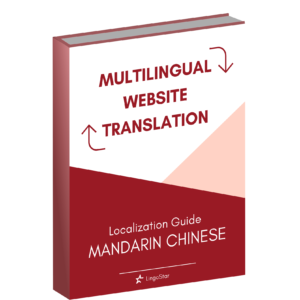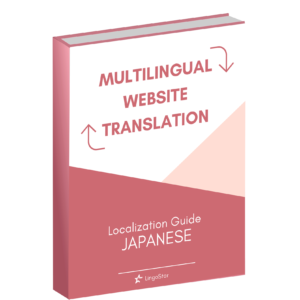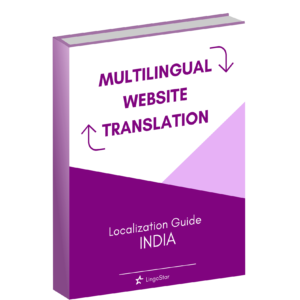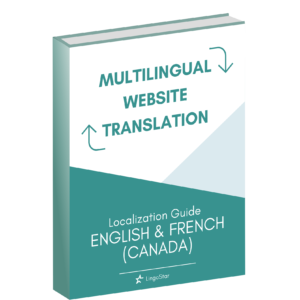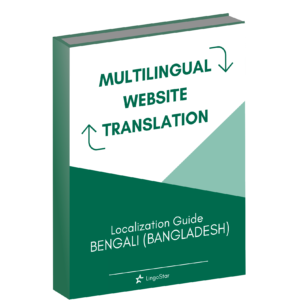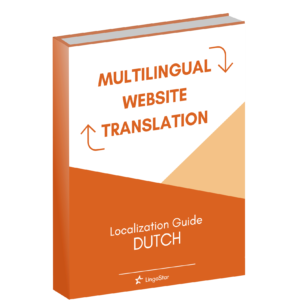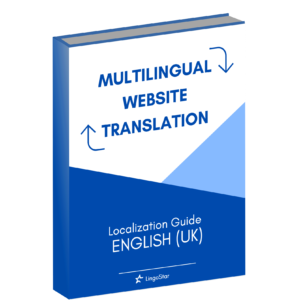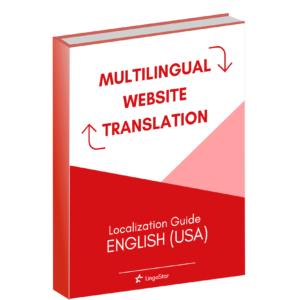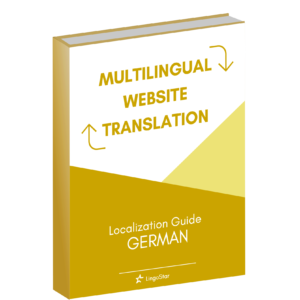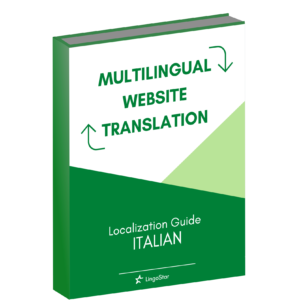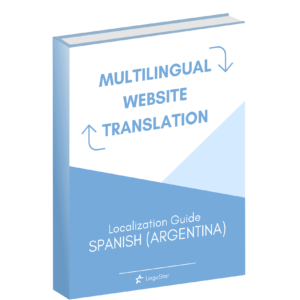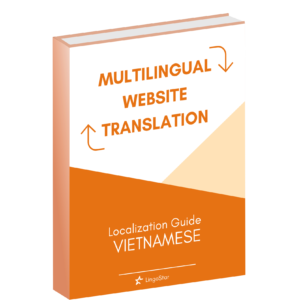Nov 25, 2014 | Blog, SEO, Translation
Socializing and Networking for Translators Many translators ask themselves: why should I socialize and network with other translators if I have clients and I am satisfied with my workload? The answer is that the translation industry is constantly growing and changing, and for every professional in this field it is essential to communicate with colleagues to keep track of events and grow with the industry. Networking helps people build relationships and gain trust. Due to networking, people exchange knowledge, experience, and ideas, and this generates new ideas and leads to progress. Social media opens a whole new world of networking opportunities: LinkedIn and Facebook, the two biggest professional platforms, let translators promote themselves, get support from their peers, and keep improving their professional skills. Research related to social networking by Pew Internet Project shows that Internet users get more support from their social ties, and Facebook users get the most support. By networking we mean not only being an active user of social media, but also attending events and conferences. Social media is a pretty abstract tool and it doesn’t always help to make a first impression. However, if you go to translation events or linguistic conferences, you are more likely to meet people who share your ideas and interests. Another way to network is to join a translators association, especially if you are working as a freelancer. For example, as a member of a translators association you can get good legal advice or support before signing a contract with a particular company or starting a new project that will monopolize all of your time. Some of these associations...
Nov 20, 2014 | Blog, SEO, Translation
Several Ways to Market Translation Services The Government of Canada’s Translation Bureau engaged PricewaterhouseCoopers LLP to conduct a benchmarking and comparative analysis study of the linguistic services industry in Canada and globally in 2012. The global language services industry is highly fragmented: there are a small number of large companies such as Bowne global solutions and Lionbridge which account for less than 5% of the worldwide market. The study demonstrated that today the global market includes over 25,000 organizations that offer different types of translations services, often in a limited geographic range. This means that the translation services market is getting more and more competitive each year, and to survive, translation agencies and independent translators need to pay strict attention to their marketing strategies. Independent translators need to be noticed, and one of the ways to do that is direct email. First, it is important to prepare a high-quality digital package that contains information about your education, mother tongue and language pairs, subject areas, translation/interpreting/voice-over skills, contact information, etc. Your documents have to be well organized, with references from clients if possible. Translators should contact as many translation agencies or companies as possible and say that you are available for work. Never forget about networking with people who work with foreign languages, translation, and international business, as they can help you find clients. Translation agencies, in turn, need to keep their websites current to attract customers and update the language list they are working with, how quick their service is, and their rates. It is also crucial to promote their services on social media as one of the key...
Nov 18, 2014 | Blog, SEO, Translation
Localization Our enormous mysterious world, which in ancient Indian mythology was believed to be resting on the backs of four huge elephants, has turned into something easily accessible due to the Internet and social media. When a business becomes global and wants to connect with customers around the world, in any web strategy, including social and mobile media, localization is the key element. Localization can bring great value to a company. Today, world-class organizations generate more than 60% of their revenue outside of their domestic market by initiating contact with global markets rich with opportunities. In other words, products and services get better results and attract target audiences more successfully when localized versions are available. For many years standardization has been a powerful strategy in consumer markets. However large chains face a huge problem: they have so many outlet stores open that they don’t have any more room to expand. When they find an attractive location to build another store, they face resistance from community activists. Another problem they face is lack of innovation: managers become so focused on meeting tight operational targets that they intentionally avoid any experimentation. Fortunately for companies, the era of standardization is coming to its end with the opportunity to expand due to localization. Retail giants such as Best Buy, Tesco, and VF have benefited from the new system by localizing their products. Focusing on a particular local market means improving resonance, engagement, and commerce. For example, Starbucks and Blackberry feature localized content on webpages aimed at specific countries, and this has increased interaction as much as 10 – 15 times compared to pages...
Nov 13, 2014 | Blog, SEO, Translation
Freelance vs In-house Translators If you want to build a career in translation, you need to decide whether you want to work as a freelance or in-house translator. What is the difference between these two positions and what are their pros and cons? Translators can either work for themselves as independent contractors, for a translation department of a company, or for a translation agency or organization. Those translators who work independently are called freelancers, and those who work for agencies and companies are in-house translators. An in-house position is attractive because it provides a translator with regular office hours and a stable income. A translator works on texts that the company or agency needs translated, attends events and meetings where he/she discusses large-scale translation projects, and goes to training sessions to learn about new equipment or software tools. An in-house translator has paid vacation, insurance, and other benefits typical of this type of office job. On the other hand, working for a company or agency means adjusting your work style and methods to those of the company, and potentially you could get tired of translating the same type of text over and over. Freelancers, on the other hand, set their own rates and can work whenever they want to, in any corner of the planet. They also must take care of their own marketing, invoicing, accounts payable and receivable, etc. Freelance translators can earn more per year that in-house translators, but their income is variable, and they have to take care of expenses such as taxes, insurance, and other business costs. On the other hand, marketing one’s self is a...
Nov 13, 2014 | Blog, SEO, Translation
Film Translation While watching a foreign movie with dubbing or multilingual subtitles, do you ever wonder why the film is so successful, even though it wasn’t made in your native language? The answer may be quite simple – it is translated, and translation has certain advantages and disadvantages which can influence an audience’s reaction. This is what we are going to talk about today – film translation. Film has always been a powerful tool and a ubiquitous source of ideas in every culture. Entertainment and business are inseparably bound in this industry. Movies are not just a national property; on the contrary, they go far beyond national borders and attract global attention and recognition, resulting in a huge economic impact for the film industry on the international market. The international market, in turn, cannot be imagined without a team of translators whose primary goal is to establish communication between cultures. During the silent film era, intertitles would be placed throughout the movie to provide the viewer with dialogue. These intertitles were easily replaced by identical titles translated into the target language. However silent films gave way to speaking movies, and film companies faced a huge problem making their movies understood in different countries. American film companies found a solution: they produced multi-language versions of the same film. Actors who could demonstrate proficiency in several languages were in great demand. However, this practice turned out to be absolutely unprofitable, and very soon it was abandoned and replaced with the modes that are being practised nowadays. These modes include dubbing, subtitling, voice-over, narration, and commentary. Dubbing is the process of adding...
Nov 12, 2014 | Blog, SEO, Translation
Translation Challenges Some people strongly believe that knowledge of two languages is enough for a person to be a translator; that it is easy to take a word or phrase and convert it to another language! We wish everything would be so simple. The history of translation proves that it is much more of a challenge than that. Sometimes a word is simply untranslatable in a target language. All translators can do in this case is give a descriptive translation that attempts to convey the meaning of the original text. Here is a list of some untranslatable words which always puzzle even the most experienced language professionals: Tingo (Pascuense) – to gradually steal all of the possessions out of a neighbour’s house by borrowing and not returning. I am pretty sure that all of us can find at home some things we have ‘tingo’ed from our friends or neighbours! What can be more romantic than waking up early in the morning with the purpose of going outside to hear the birds’ sing? Looks like it is a very common activity in Sweden as they have a corresponding word: Gökotta. Sometimes I am desperately looking for a word that means: a face badly in need of fist. Guess what! Germans actually have this word: Backpfeifengesicht. Maybe in your neighbourhood there lives a very interesting lady, usually old and lonely, and her biggest passion in life is to ‘collect’ cats. Italians call such ladies gattara. Do you know this wordless yet meaningful look shared by two people who both desire to initiate something but both don’t want to start? Everybody knows...
